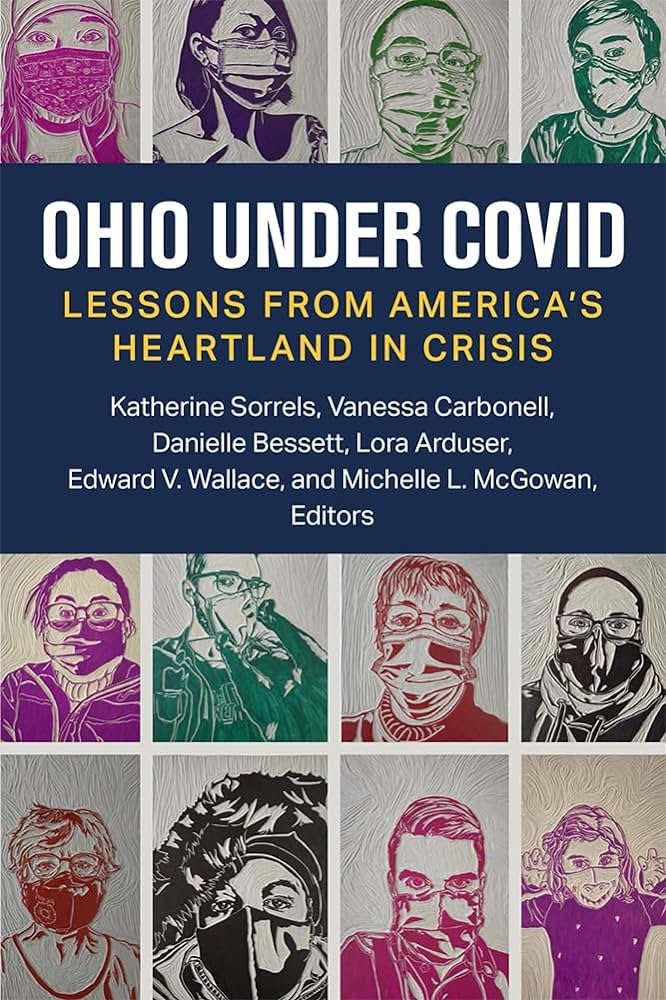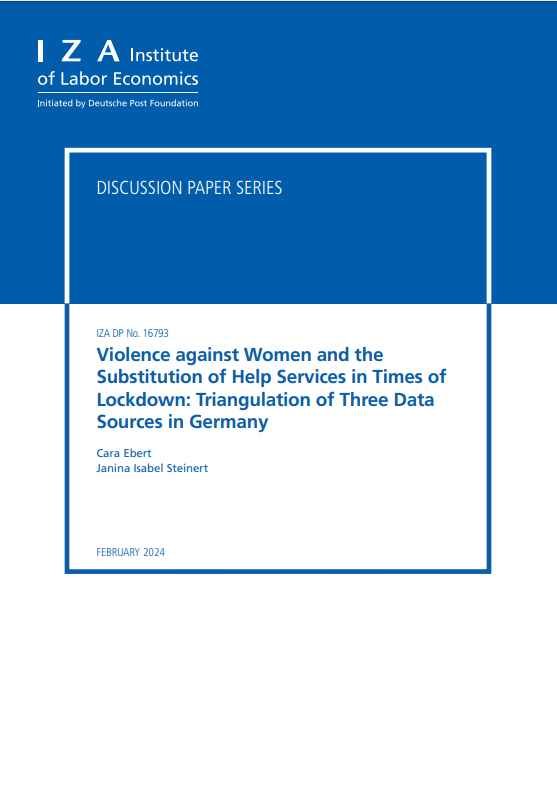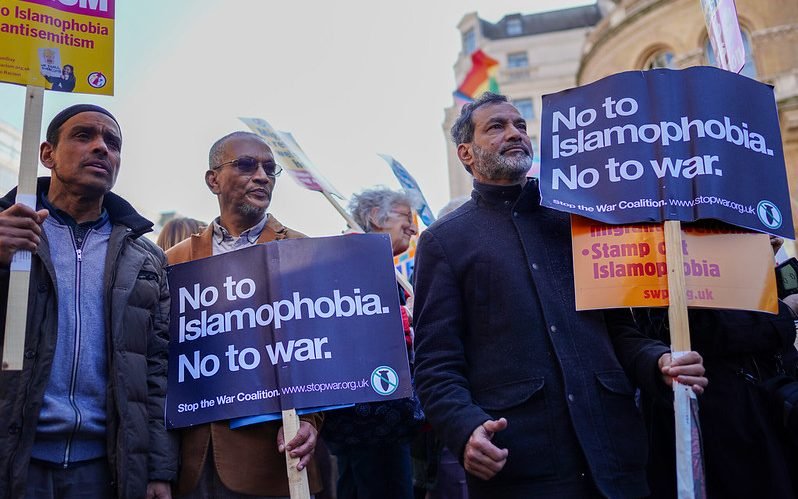By Bennett Clifford
Abstract:
After a five-year period between 2014 and 2019 in which the frequency and lethality of domestic terrorism incidents in the United States substantially increased, federal counterterrorism authorities now view domestic violent extremism (DVE) as the foremost terrorist threat facing the country. In March 2021, the Office for the Director of National Intelligence released an assessment that the “most lethal domestic violent extremist threat[s]” to the United States were racially and ethnically motivated violent extremists (RMVE).1 This assessment mirrored similar findings by the Federal Bureau of Investigation (FBI), Department of Justice (DOJ), Department of Homeland Security (DHS), and National Counterterrorism Center (NCTC) during the past half-decade, all of which point to RMVE as the principal domestic terrorism threat to the United States. Responding to RMVE-inspired terrorists will require a close, data-driven assessment of the nature and scope of the threat. To this end, this report evaluates 40 cases of individuals charged in United States federal courts between 2014 and 2019, who are alleged to have planned or conducted violent attacks in the United States in furtherance of RMVE causes or ideologies. By evaluating the demographic, ideological, and organizational backgrounds of the perpetrators, as well as their attack-planning methods and processes, this report evaluates the successes and failures of federal law enforcement in investigating and prosecuting RMVE attack planners. The report finds:
• RMVE attack planners in the U.S. had a wide range of demographic backgrounds, but tended to be older than other categories of violent extremist attack planners, and were predominantly male.
• Attack planners’ ideologies were situated across the RMVE spectrum, from affiliates of well-established white supremacist and neo-Nazi groups to members of relatively newer organizations. However, the most lethal RMVE attack planners were organizationally unaffiliated, and despite drawing from a variety of RMVE ideologies, did not have membership in any RMVE organization or group.
• RMVE attack planners tended to target religious institutions, particularly Jewish, Black, and Muslim places of worship. The most common attack-planning method involved the use of firearms; RMVEs also experimented with a range of other methods from bombings to arson and vehicular assault.
• Due in part to the lack of a federal domestic terrorism statute, the FBI and DOJ utilized a range of charges to investigate and prosecute RMVEs. This study finds that the patchwork of offenses used to investigate RMVE sometimes led to failures in interdicting attack planners
Based on these findings, the study recommends a data-driven reevaluation and reallocation of FBI and DOJ resources and staff dedicated to investigating and prosecuting RMVE. It also proposes broader information-sharing between federal, state, and local partners on RMVE threats, particularly between the FBI and local religious communities. Finally, the report argues that a federal statute that criminalizes acts of domestic terrorism, similar to 18 U.S. Code § 2332b, would be most applicable to prosecutions of attack planning cases involving RMVEs.
Washington, DC: Program on Extremism, George Washington University; and National Counterterrorism Innovation, Technology, and Education Center, 2021. 37p.





















